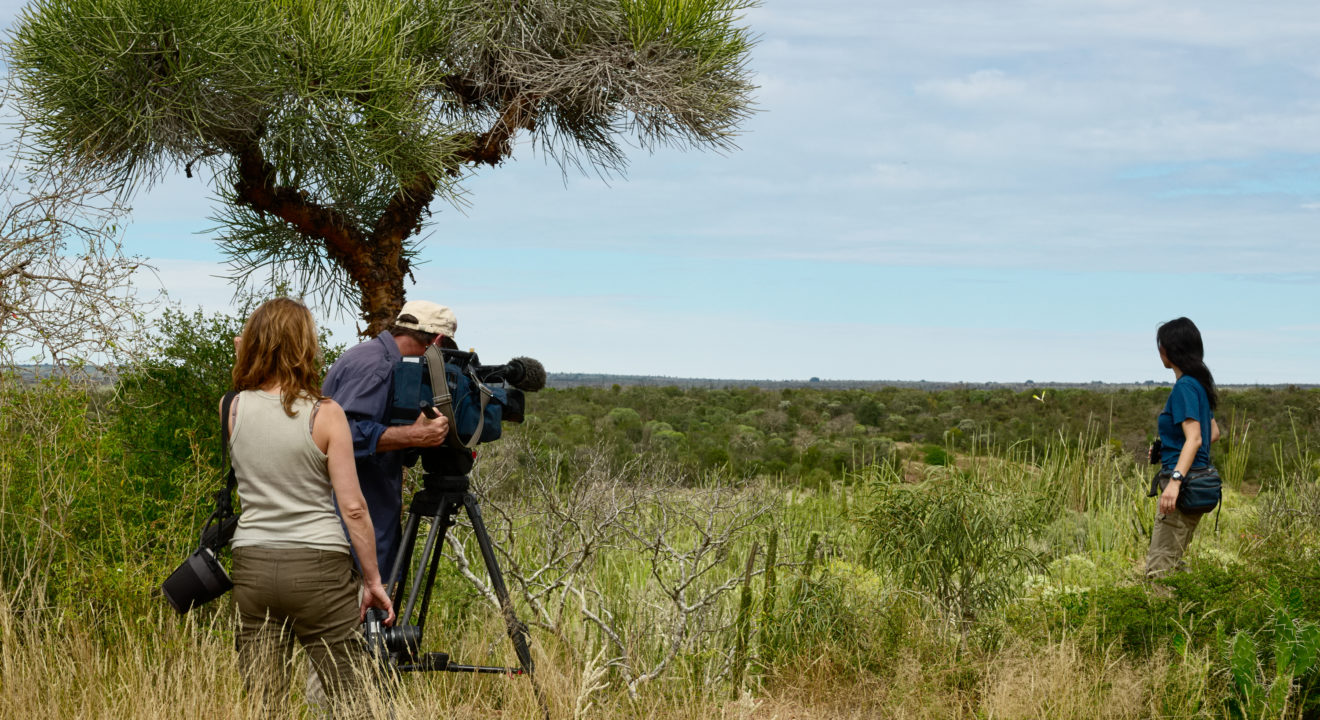Entertainment May 14, 2017


Little did you know, the first documentary was a 50-second short film called “Arrival of a Train at La Ciotat,” screened in 1896, and it is this that set the tone for future documentaries to come.
Here is a look into the most influential documentaries you need to watch.
Released during the presidential election of 2004, Michael Moore’s film is a fierce condemnation of former President George W. Bush and his reaction to the 9/11 attacks. It follows the journey of a once patriotic army mother turned disbeliever, adding an emotional punch no one expected.
This film tackles “rumble in the jungle” boxing match between George Foreman and Muhammad Ali. It explores the relationship between African-Americans and the African continent during the Black Power era, with regards to popular culture, international politics, and the brutality of dictators.
This was the first major rock festival of the sixties, and made Woodstock possible. It captured some of the greatest artists of the decade including The Who, Otis Redding, Jimi Hendrix, and Janis Joplin, but also paid special tribute to the counterculture that was brewing.
This film follows the story of tightrope walker Philippe Petit as he stepped out to walk between the Twin Tours. This film, like no other, captures New York City’s loss after the 9/11 attacks.
A look into the Holocaust, this documentary is a critical indictment of French collaboration with Nazi Germany, and looks at the shared national shame. The film was so controversial that a decade after its release, France still refused to air it on television.
Michael Moore tackles the free-rifle giveaways, high school shootings, and post-9/11 fear mongering. This film secured his status as someone who liked to rub right-winger noses.
This is the story of intercity aspirations, on and off the court. You will be left with the passions and frustrations that these boys felt. The emotional power is devastating.
It’s a critical examination of battleground surrounding abortion. It covers everything from hateful protestors to smug evangelicals, scared nurses to murdered doctors.
This a film that doesn’t hold back from it’s look into the horrors of a prison for the clinically insane. It focuses on abuse, neglect, medical ineptitude, and the appalling conditions of the facility. It is often difficult to watch, and for a long time, almost impossible to see, since it was suppressed.
Reality is shaped by film, and this is arguably on the greatest, and worst, pieces of propaganda. It reminds us of the horrors of fascism and the power of image in society.
A dense record of the Kentucky coal mine strike, this film is a chronicle of the personal pain and sacrifices of the miners. It covers the ruination wrought by the Duke Power Company, the blank-lung ridden workers, the insufficient wages, poor housing, and attacks from local thugs. All the while, it shows the rich local bluegrass culture in Kentucky.
Does the past ever really stay in the past? This is a compilation of records from Polish Holocaust survivors, bystanders, and unfortunately the perpetrators. The memories are told in real time and serve as an act of testimony.
Documentaries are cinematic journalism. They tell the stories that can’t be told in newspapers or on the radio. It gives us a visceral experience of watching the horrors of our past, and unfortunately, sometimes our present too. These documentaries have withstood the test of time, and you should sit down and watch them.